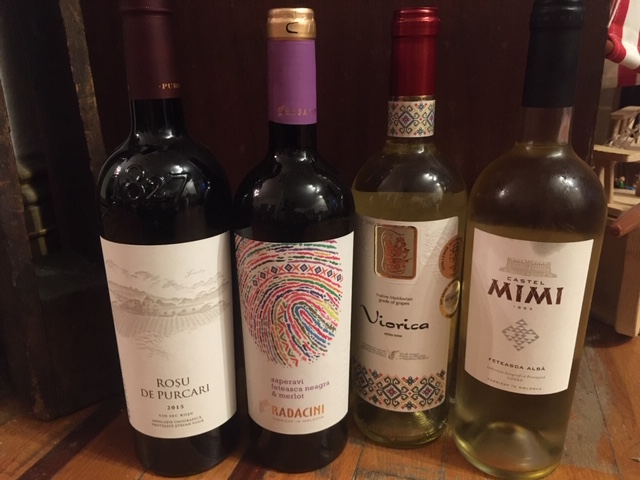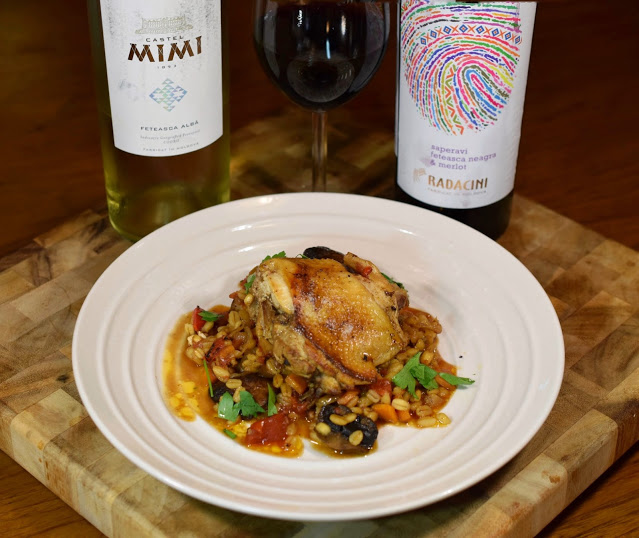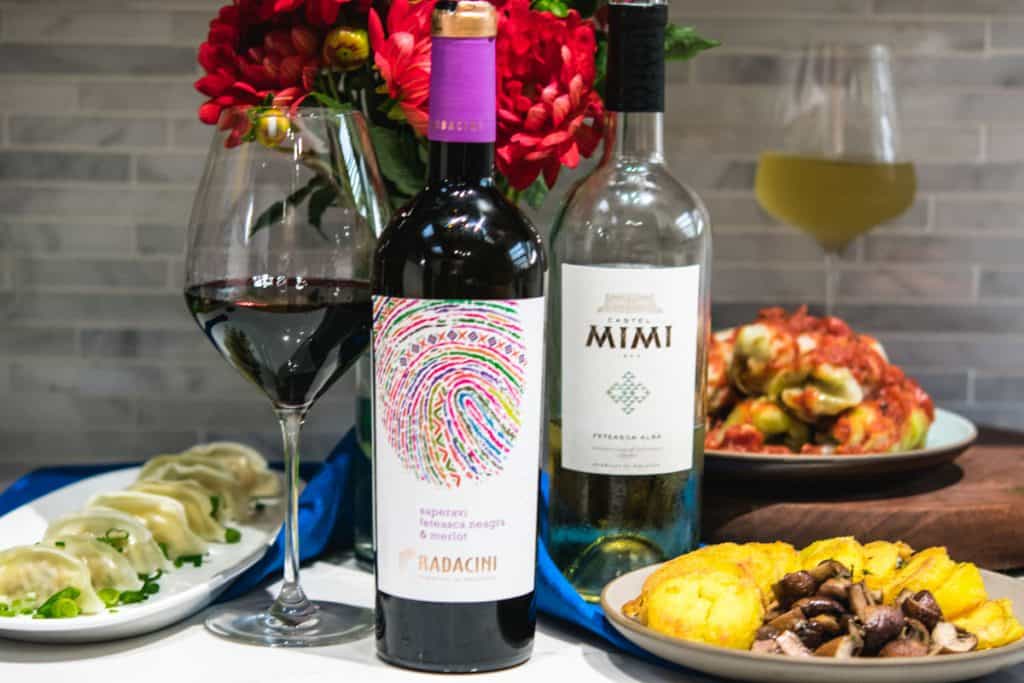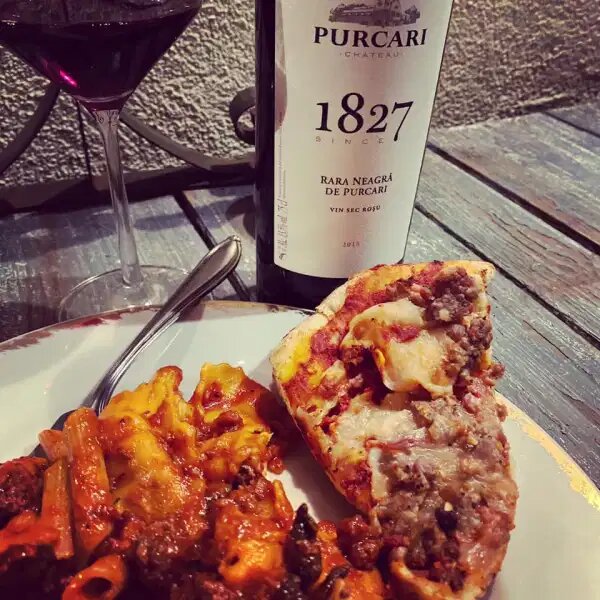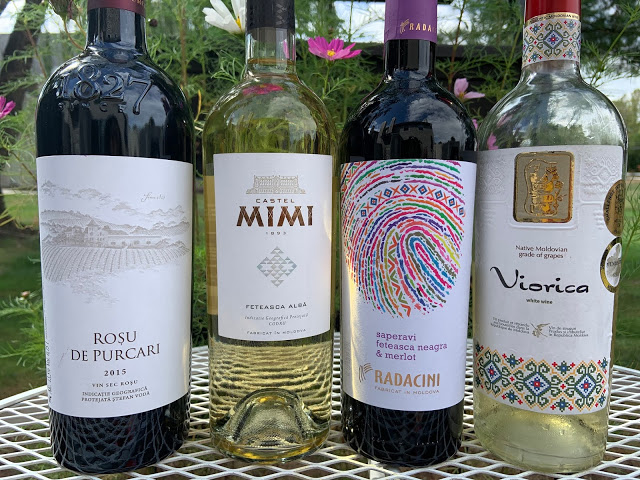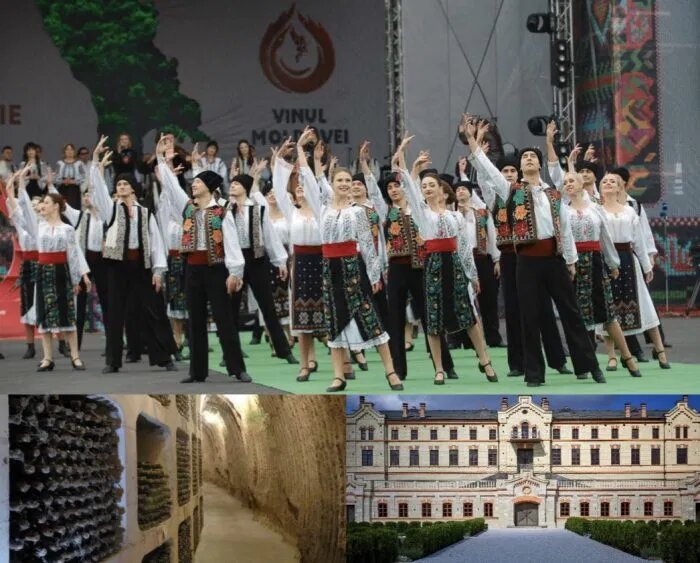Moldova is in Eastern Europe, in the South East specifically and borders Ukraine and Romania. The Black Sea basin is said to be the natural home of the grape vine. The history of Wine of Moldova starts in 3000 BC, while the first vines were recorded here 7000 years BC. It’s climate is moderately continental thanks to it’s proximity to the Black Sea and the many rivers and streams that criss-cross the country. With a varied landscape, there are three principal historic regions known for wine: Valul lui Traian (south west), Stefan Voda (south east) and Codru (center).
The vineyards are 70% planted to white grapes and 30% to red. Much of the vineyard surface is planted to international varieties but there are also a host of indigenous ones such as Feteasca Alba, Feteasca Regala, Feteasca Neagra, Rara Neagra, Plavai, and Viorica.
While I missed today’s Masterclass on Moldova but I have tasted the wines from this interesting country recently. For this tasting I received four wines, I have opened two, Feteasca Neagra and Feteasca Alba, a red and a white.

I love this picture because it shows the breadth and diversity of what is planted in Moldova. The two wines I have tried thus far were very different. I found the white grape waxy with a lot of viscosity and akin to Chenin Blanc in some ways. Flavors of brioche, yeast and white peach and accacia flowers on the nose and palate. The red that I tried was a blend with a high percentage of Merlot and oak on the wine. It was a good pairing wine with my pizza but the oak was very present.

I received these four wines as samples. I tried the wine from Chateau Mimi and the red from Radacini Chateau Mimi was founded in the late 1800s. The huge estate was founded by Constantin Mimi. He was the last governor of Bessarabia during Russian Empire. His family were refugees in Moldova from Greece and he planted the first vines in the estate he inherited from his father. Constantin Mimi not only hosted the last Russian Czar at his winery in 1914, Nicholas II but he also supplied the Russian Army with wines during World War I. My great grandfather fought in the Russian Army in WWI. He was poor and Polish which at the time was part of Russia and Jewish and had certainly had no choice but to fight. I wonder if he tried these wines.
Back to Constantin Mimi, he eventually became the head of Romanian National Bank and his winery became a large industrial supplier of the U.S.S.R. by 1940. The winery than went through many changes throughout the years and now is having a renaissance, as is Moldovan wine in general. It has become a very important tourist destination.
The Feteasca Alba that I tasted was lovely with citrus, peach and pear notes and good acidity. It also had residual sugar. It wasva nice pairing with broiled flounder as well as alone as an aperitif.

While my castle isn’t quite like the impressive enormous Chateaux in Moldova such as Chateau Mimi, Purcari and others, it works well in this house and made me laugh as a perch for these bottles.
The second wine I tried was from Radacini. The winery is much more modern and smaller than the other wineries I have encountered from Moldova. This wine is a blend of Saperavi, Feteasca Neagra and Merlot. I love that this is a blend of caucasian, indigenous and international varieties. This wine was dark purple with red and black fruit, herbs, spice and pepper and leathery undertones.
A wine blog by Susannah Gold

